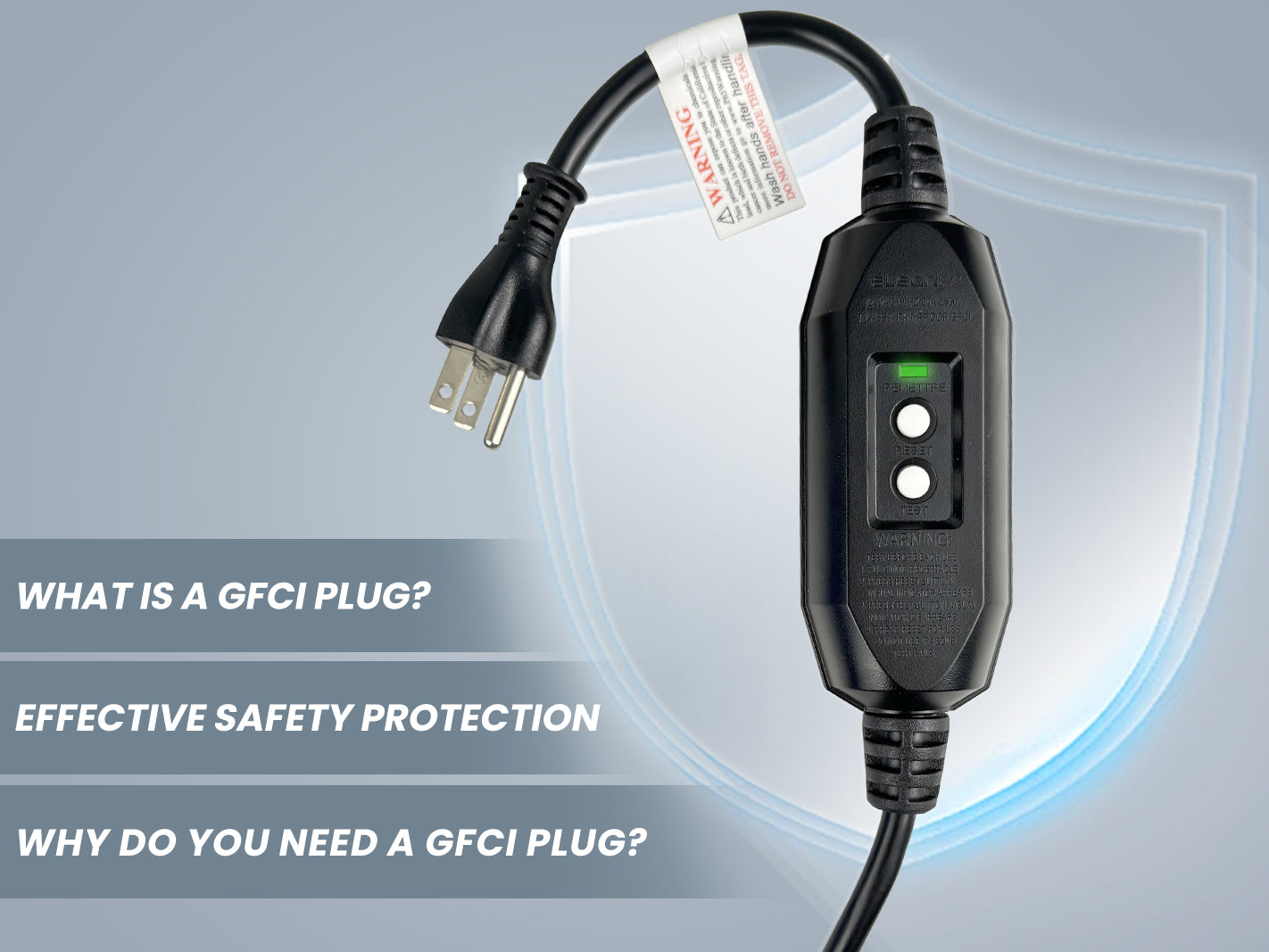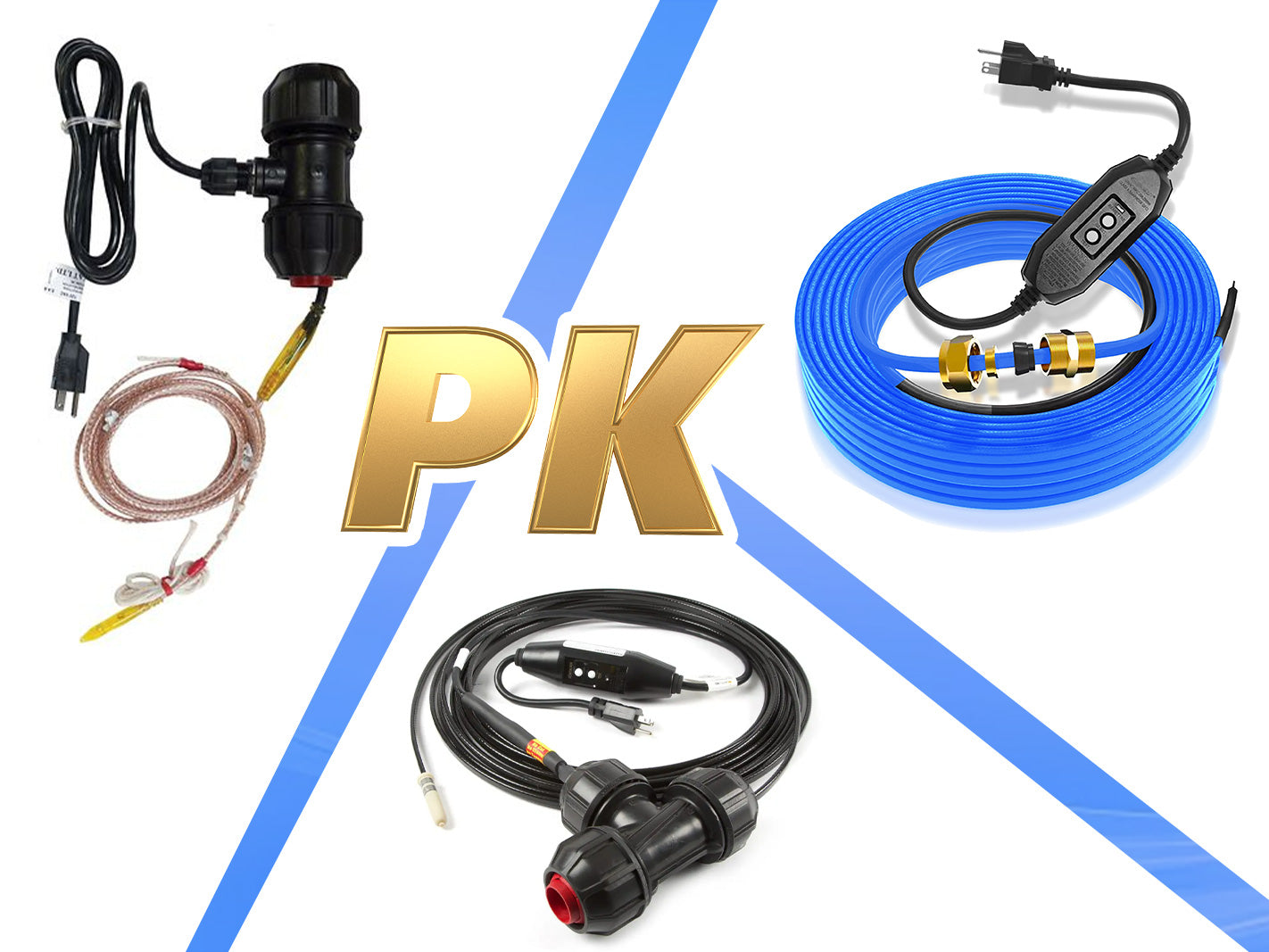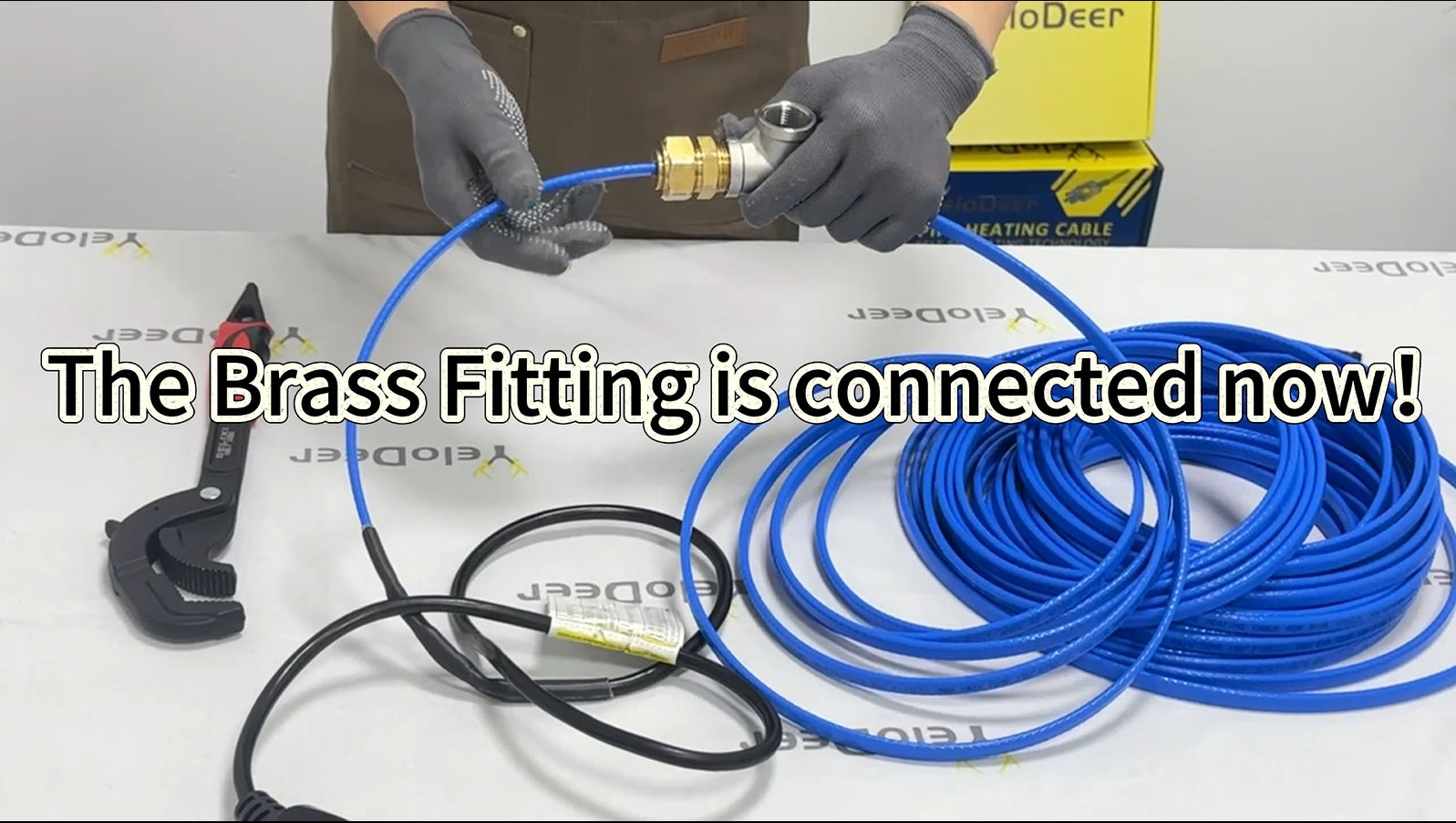YeloDeer In Line Pipe Heating Cable with Y-Fitting, Self-Regulating Heat Cable for Drinking Water, with GFCI, 3W/Ft 120V
Enjoy free shipping on orders over $30.
We ship orders within 48 hours for quick delivery.
1. Our website accepts Visa, MasterCard, and American Express. If you are using a card issued by another bank, please ensure it is enabled for international transactions.
2. During payment, you may be required to complete 3D Secure (3DS) verification. Please ensure that the cardholder completes the verification to avoid payment failure.
3. If your usual spending amounts are relatively low and you are making a larger purchase, your bank may flag the transaction as a potential risk. If your payment fails, please contact your bank to approve the transaction.
Enjoy exclusive technology designed to enhance performance and reliability, protected by YeloDeer's unique patent.
YeloDeer In Line Pipe Heating Cable with Y-Fitting, Self-Regulating Heat Cable for Drinking Water, with GFCI, 3W/Ft 120V

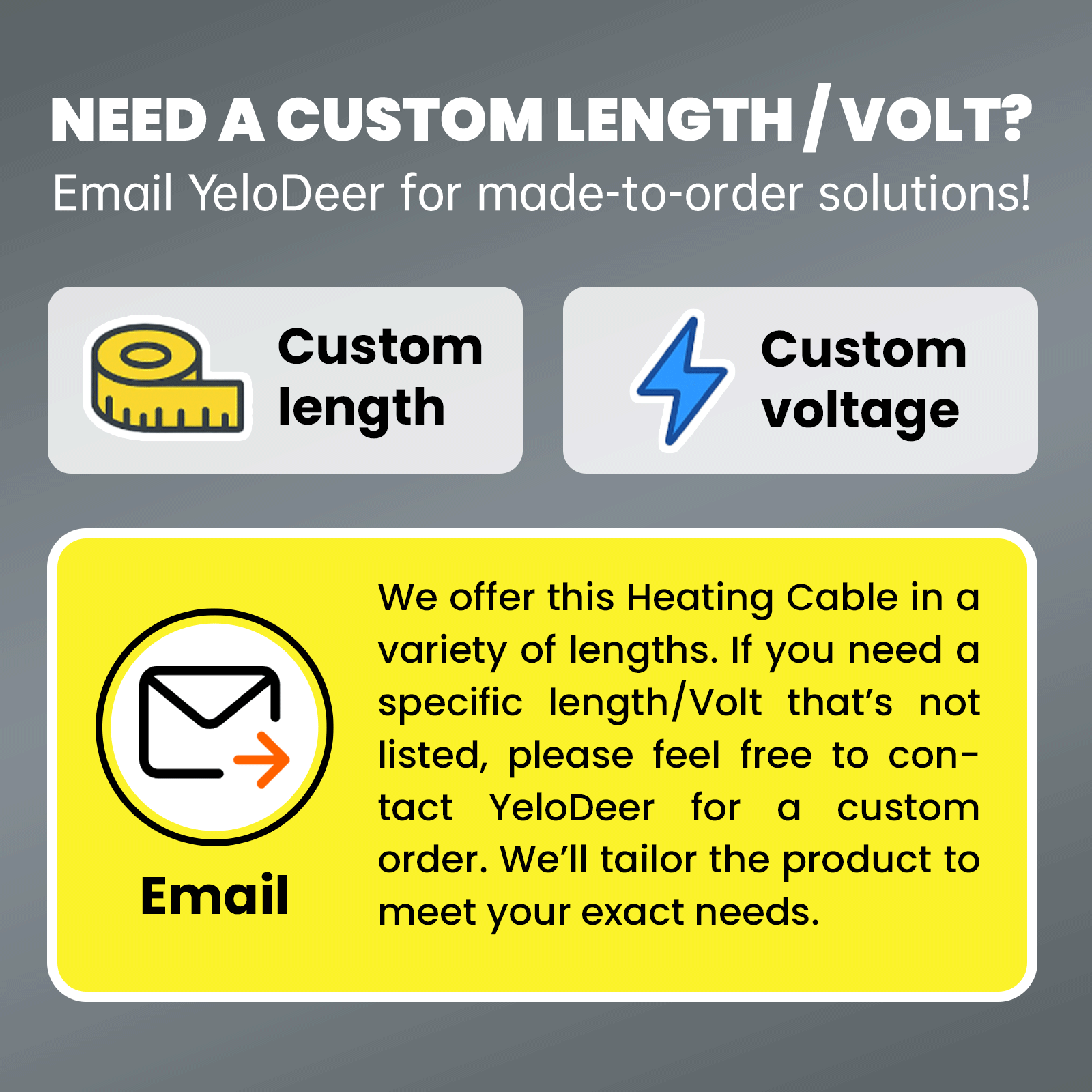
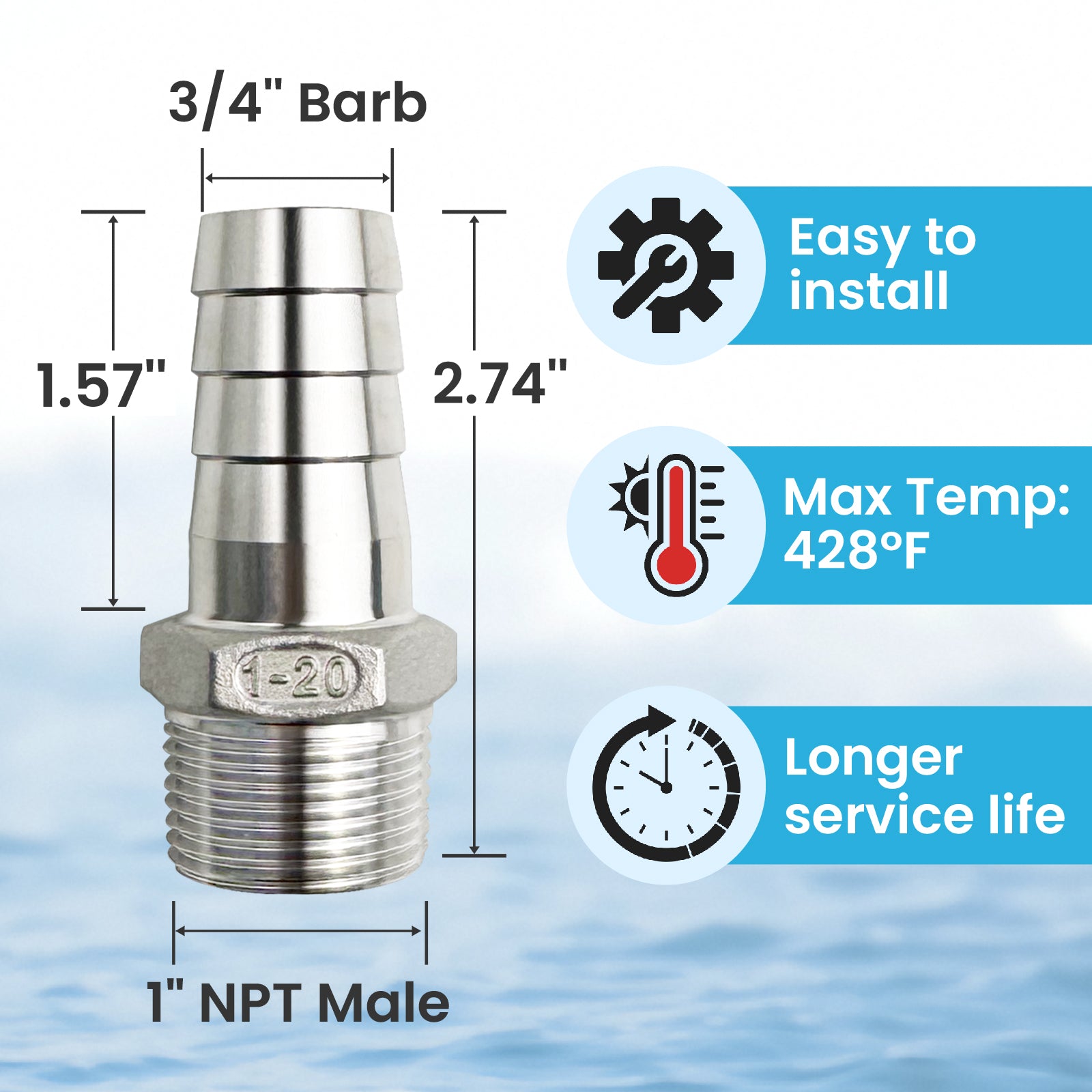
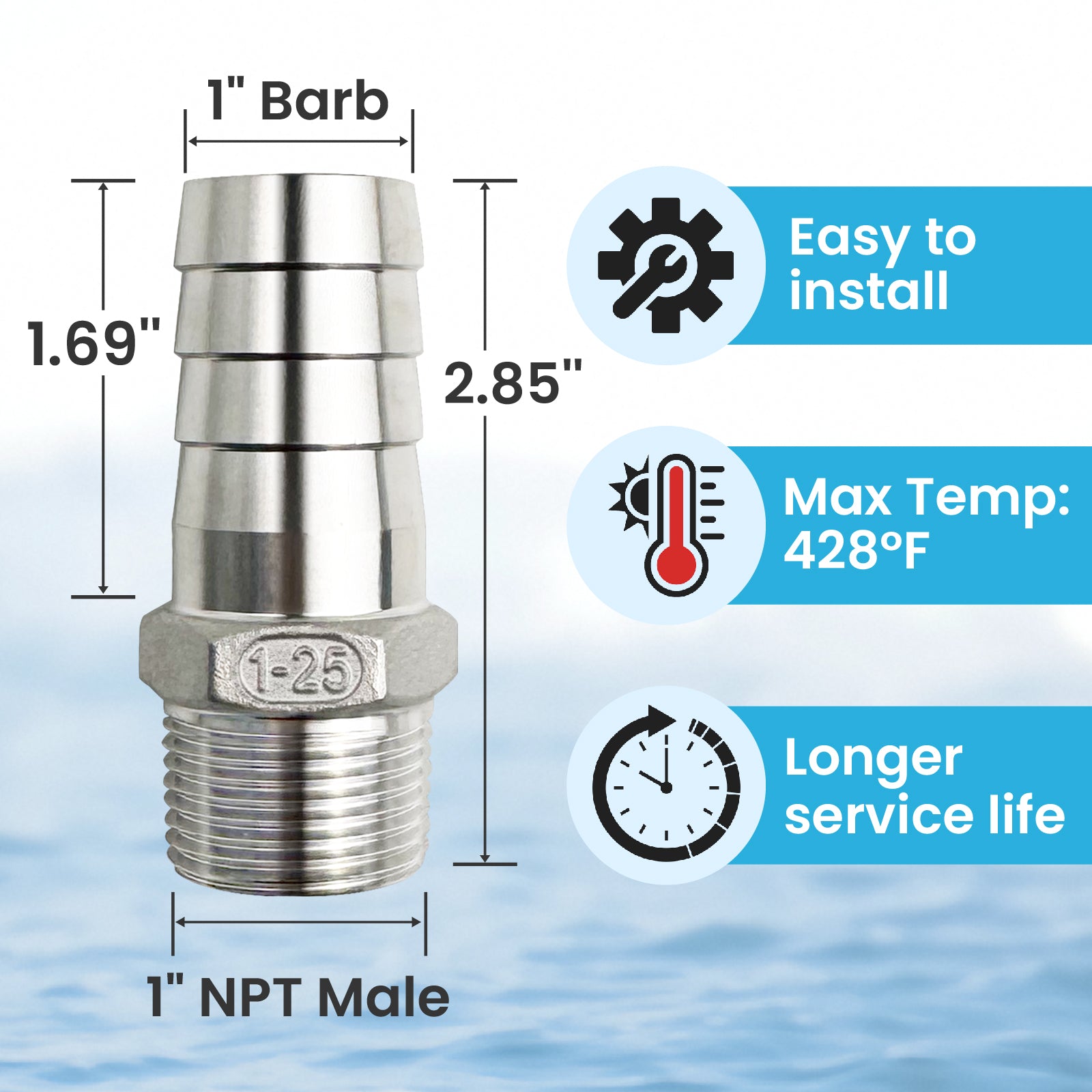
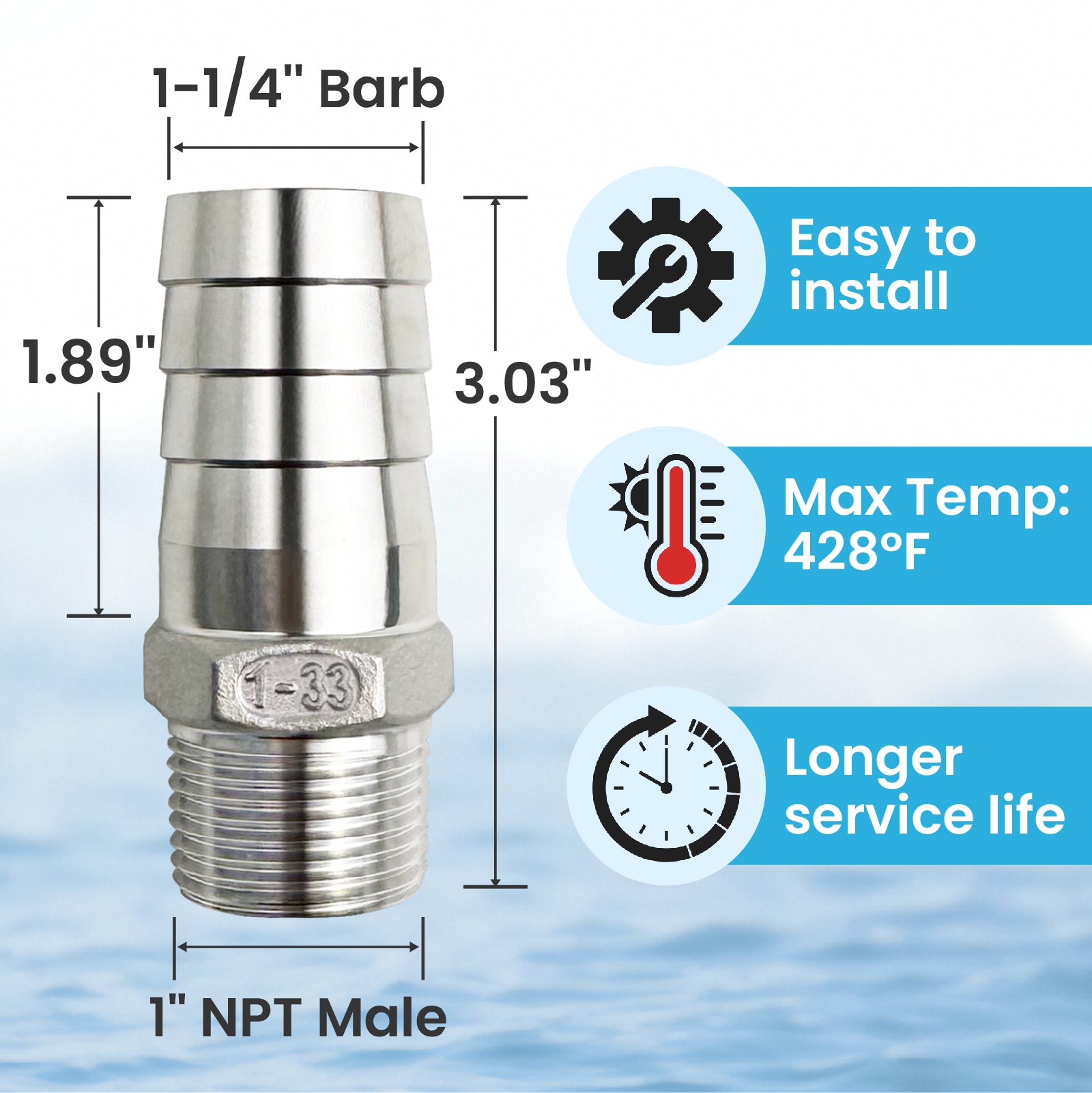
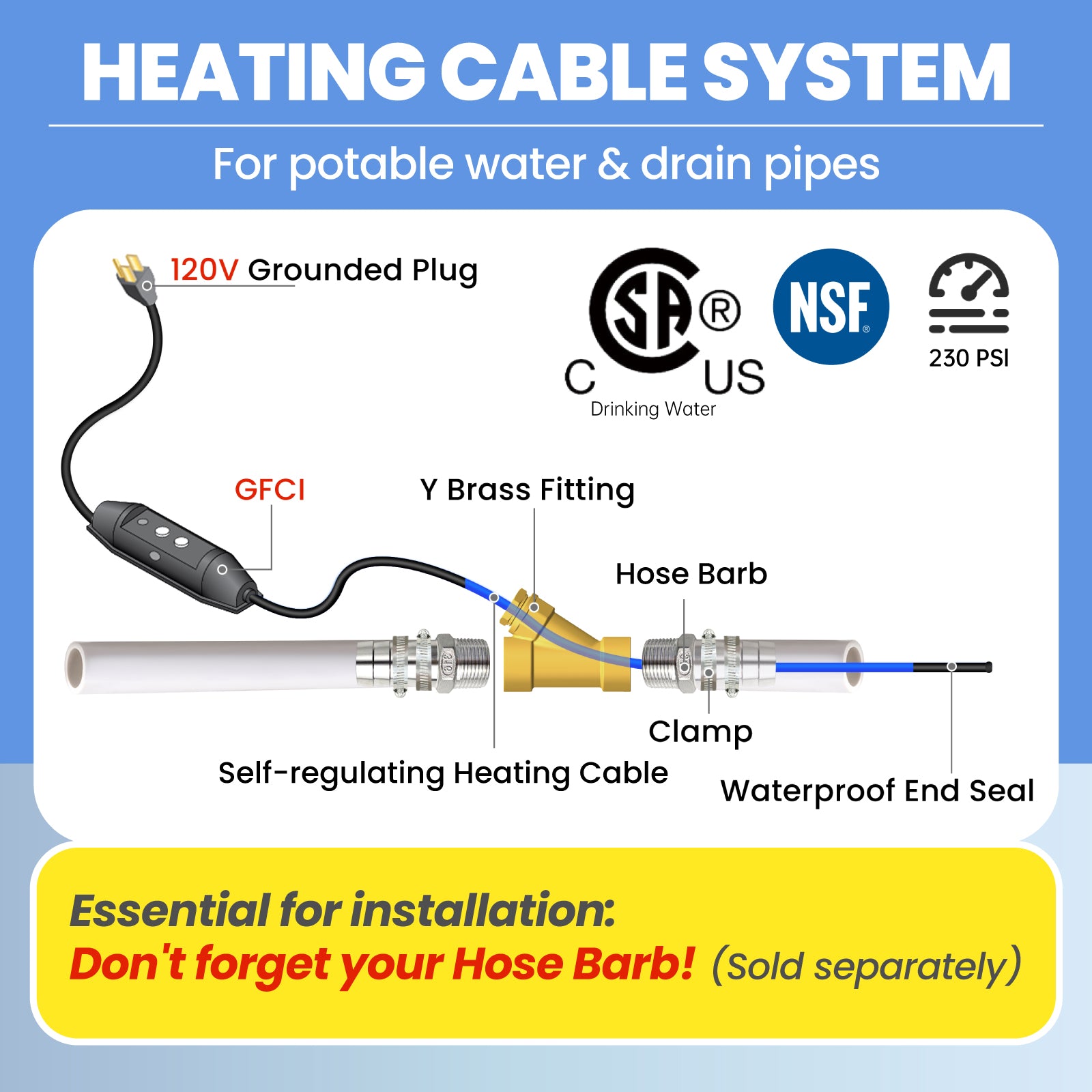
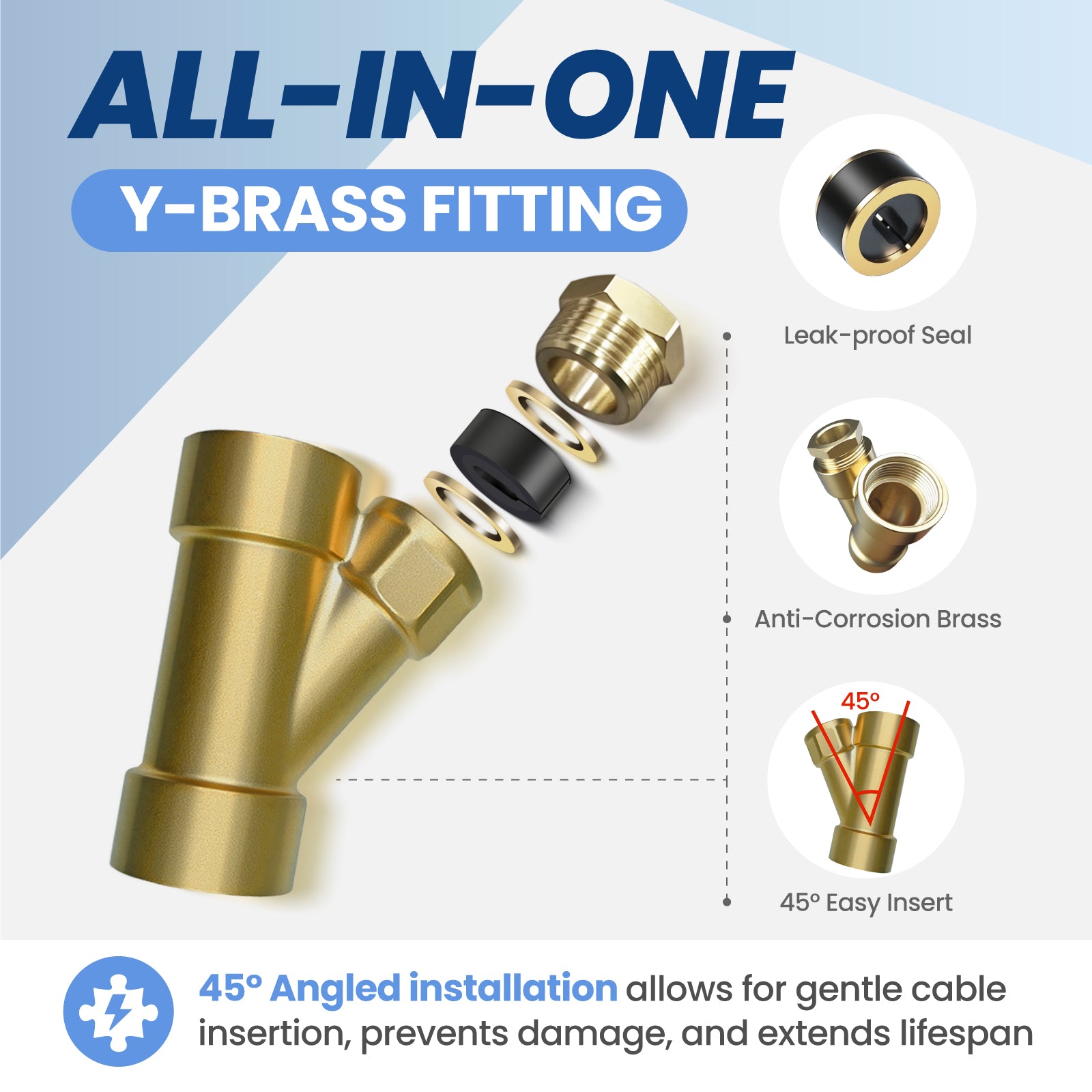
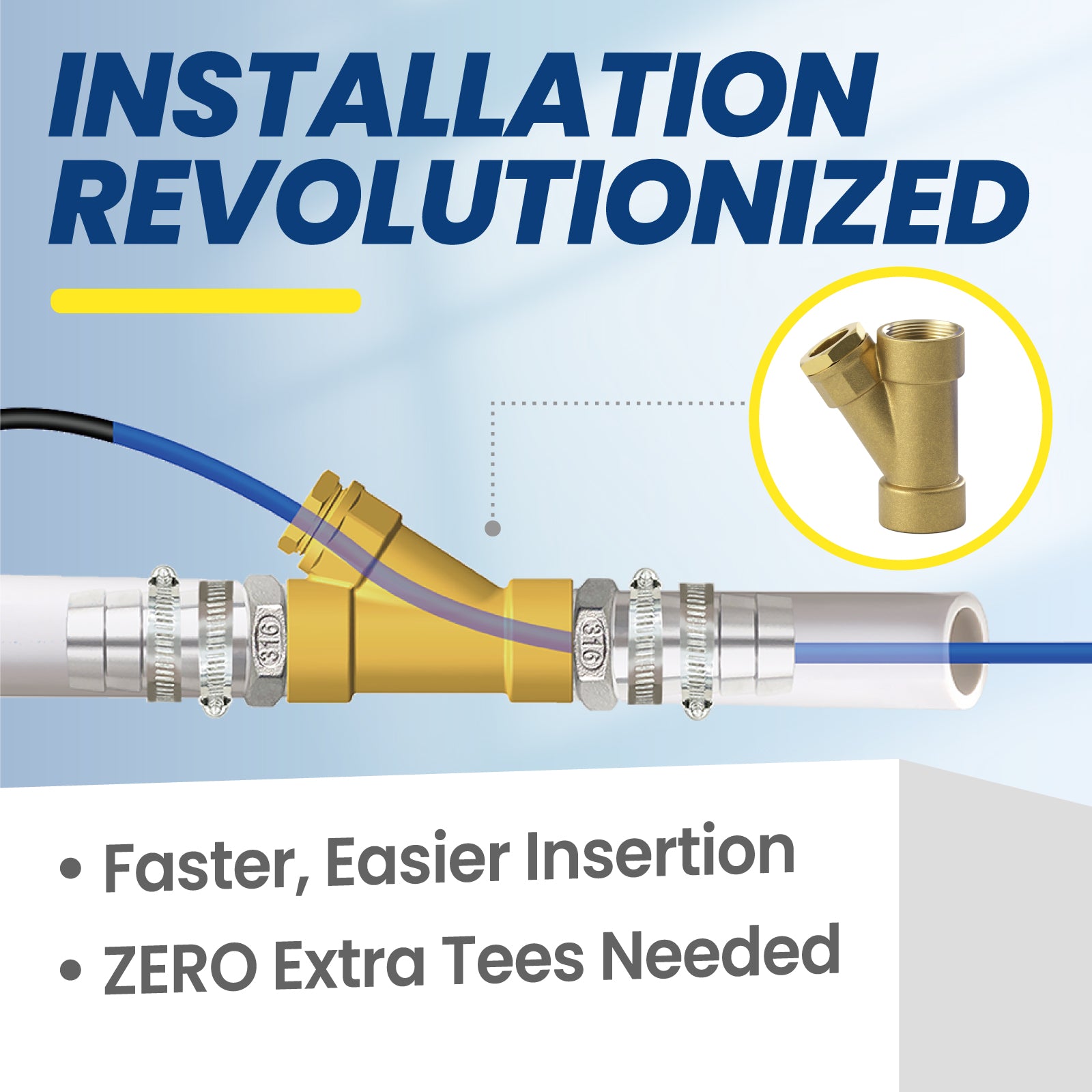
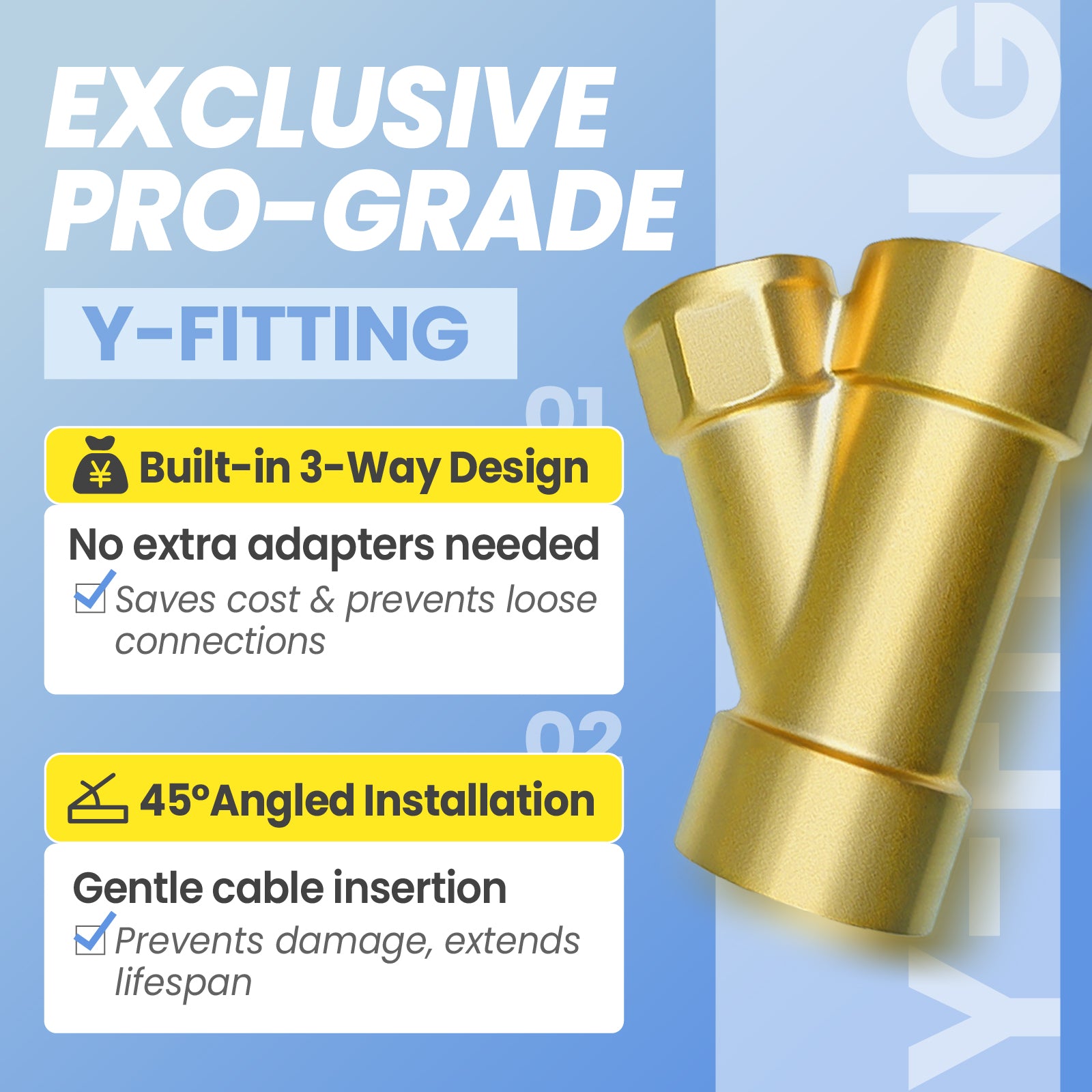
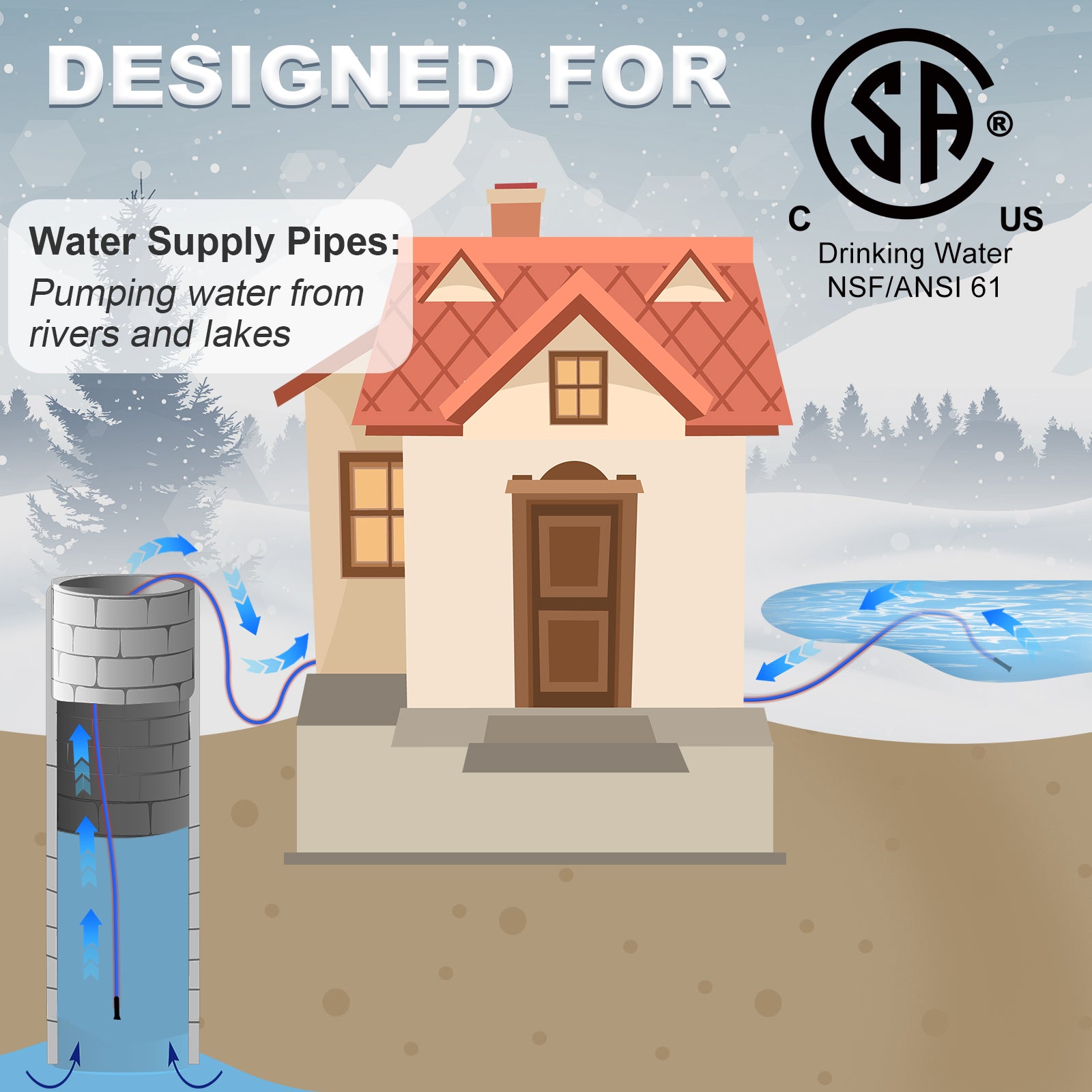
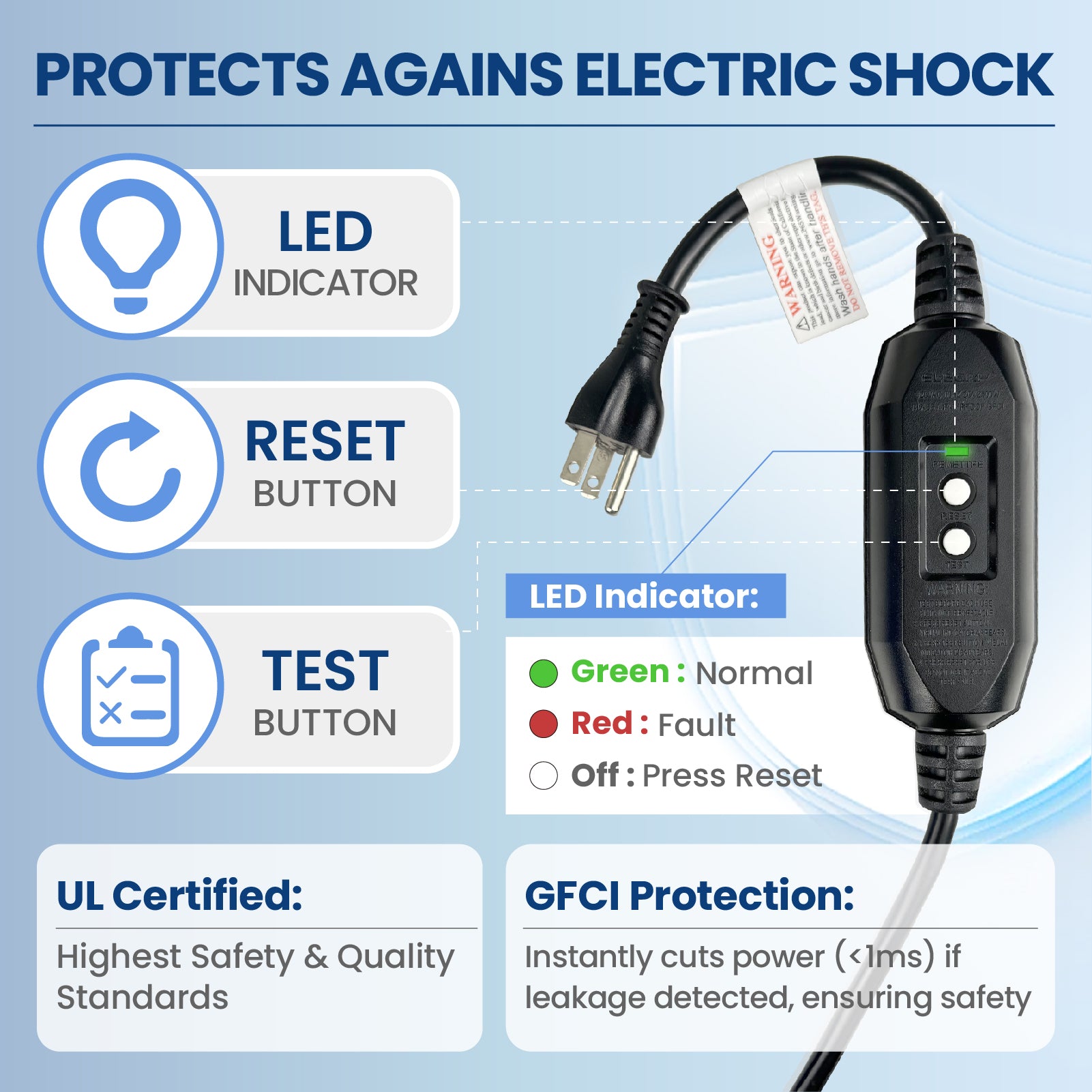
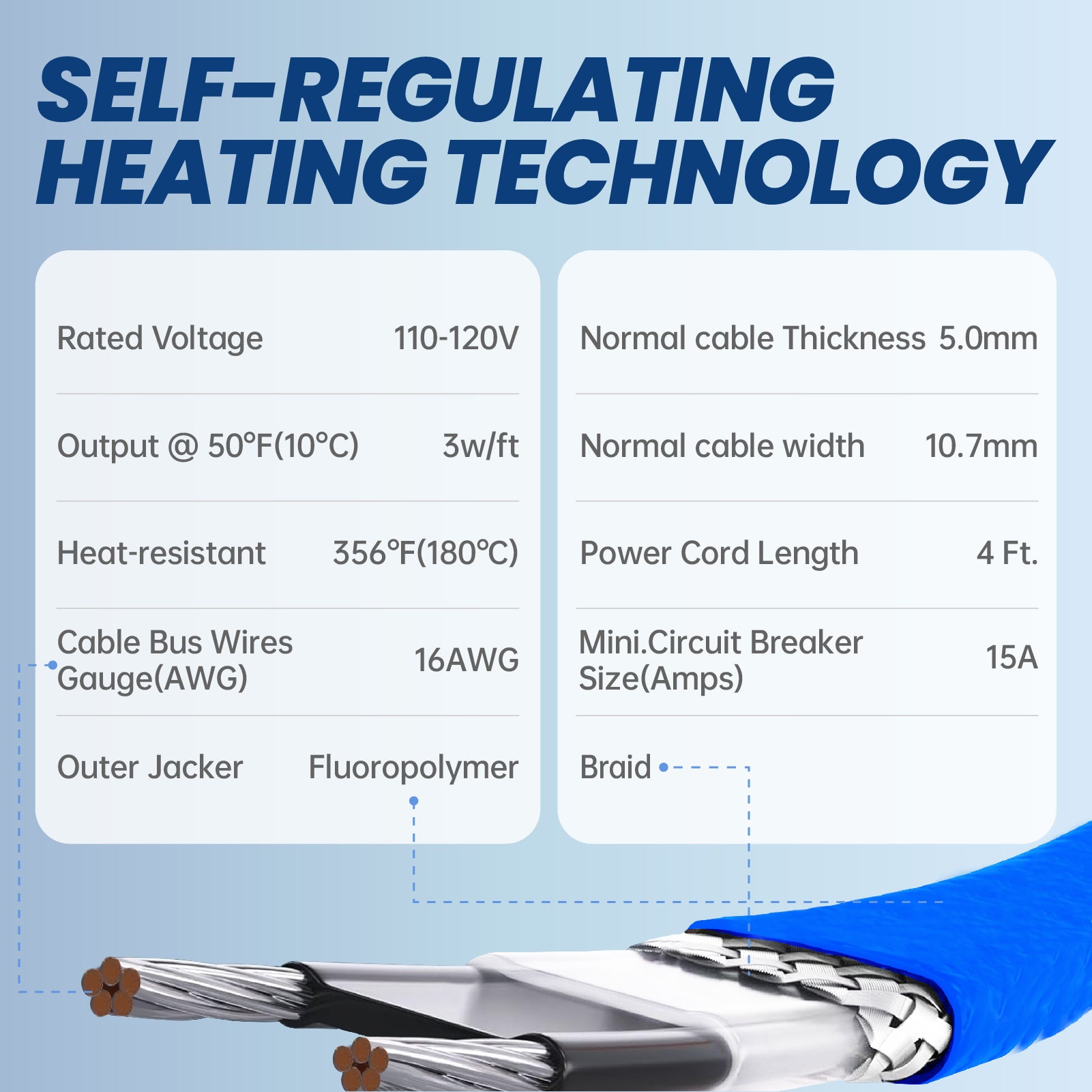

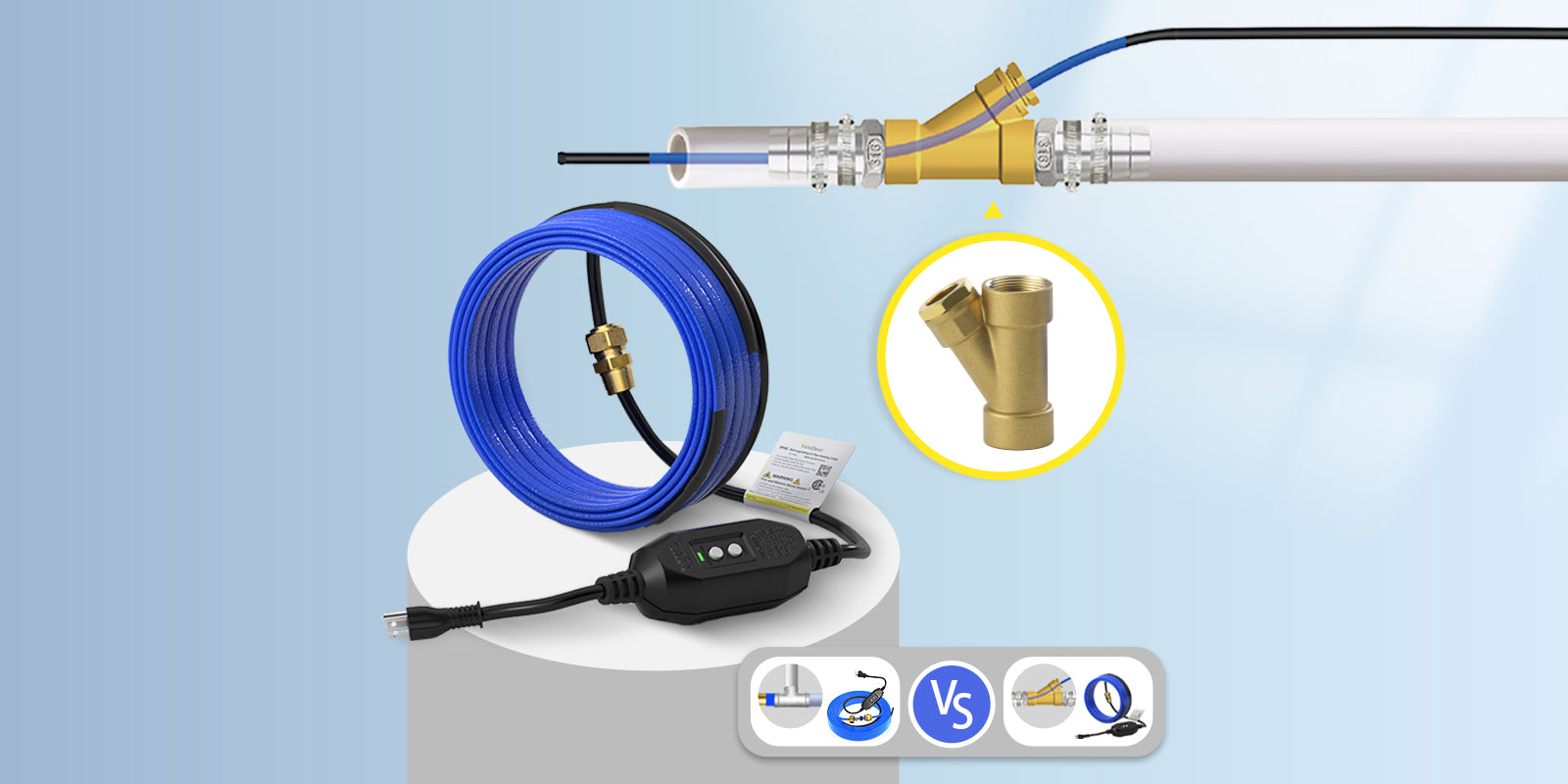
Questions & Answers
Have a Question?
Be the first to ask a question about this.










